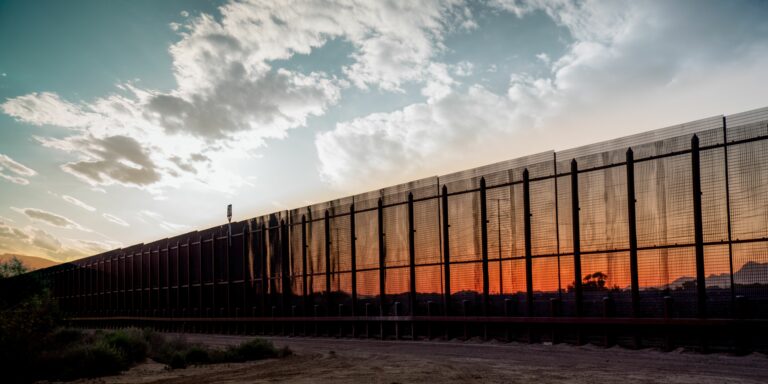CBP Finds NAFTA Marking Rules Inapplicable for Determining Origin of Goods Subject to Section 301 Duties
On September 13, 2018, U.S. Customs and Border Protection (CBP) issued a significant ruling that addresses the interplay between the NAFTA Marking Rules and the Section 301 duties applied to goods from China. We believe it is important to understand this ruling as importers may seek to mitigate the impact of Section 301 duties on Chinese-origin goods by moving production to the NAFTA territory.
In CBP Headquarters Ruling Letter H300226, dated September 13, 2018, CBP asserts that the NAFTA Marking Rules (19 CFR Part 102) are only applicable for country-of-origin marking purposes, and are inapplicablefor determining origin for duty liability under the Section 301 tariffs on certain imports from China identified by the Office of the United States Trade Representative (USTR). Specifically, CBP stated that when “considering a product that may be subject to antidumping, countervailing, or other safeguard measures [including Section 301], the substantial transformation analysis is applied to determine the country of origin.”
Elevated Risk
While CBP’s interpretation may be subject to challenge in the future, it is important to understand the agency’s position on this issue and factor it into any contemplated supply chain changes that involve production in a NAFTA country. Although the facts in the ruling are quite narrow (an electric motor assembled in Mexico from three Chinese-origin parts was a product of Mexico for marking purposes, but of China origin for Section 301 duties), this newly announced position presents a substantially elevated risk of review and challenge by CBP for Mexican or Canadian products incorporating Chinese inputs subject to Section 301 retaliatory duties.
Immediate takeaways from this recent ruling for products imported into the United States from Mexico or Canada are:
- CBP will apply the NAFTA Marking Rules only in connection with the country-of-origin marking of merchandise exported from Mexico and Canada (and other limited purposes identified in the NAFTA Marking Rules).
- CBP will require the deposit of Section 301 tariffs and entry under Harmonized Tariff Schedule of the United States (HTSUS) subheading 9903.88.01 for Section 301−subject merchandise that is Chinese-origin or contains subject Chinese-origin items unless the inputs have been substantially transformed in Mexico or Canada into a an article with a new name, character, or use.
- It remains unclear whether CBP considers a NAFTA “originating” good (pursuant to the NAFTA Rules of Origin provided in HTSUS General Note 12) made with Section 301−subject Chinese origin inputs as outside the scope of Section 301 tariffs absent support that subject Chinese-origin inputs were substantially transformed.
In many instances, there is a strong likelihood that merchandise otherwise considered NAFTA “originating” will be able to meet a substantial transformation test. However, merchandise that is not NAFTA “originating,” but otherwise treated as Mexican- or Canadian-origin under the NAFTA Marking Rules should be carefully analyzed to determine whether any Mexican/Canadian processing that may occur rises to the level of a substantial transformation.
Summary
In light of this ruling, we recommend carefully analyzing any current or contemplated production and assembly operations in Mexico or Canada that incorporate Chinese-origin product that is subject to the Section 301 retaliatory duties. Similarly, we recommend a review of finished goods that are classified in a tariff provision subject to the Section 301 tariffs and made from Chinese-origin components that are not substantially transformed. In such circumstances, CBP’s ruling could potentially subject Mexican/Canadian labor and additional non-Chinese-origin inputs to additional Section 301 tariffs.
Given the aggressive position articulated by the agency in H300226, it is likely that CBP will apply an elevated substantial transformation analysis to merchandise entering the United States from Canada or Mexico that includes subject Chinese inputs. Based on this current interpretation, a request for a binding ruling from CBP may be warranted for certainty that a production or assembly operation in Canada or Mexico (or other country) results in a substantial transformation.







